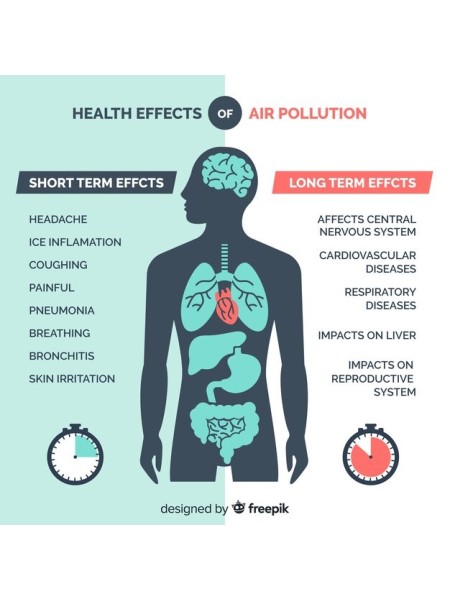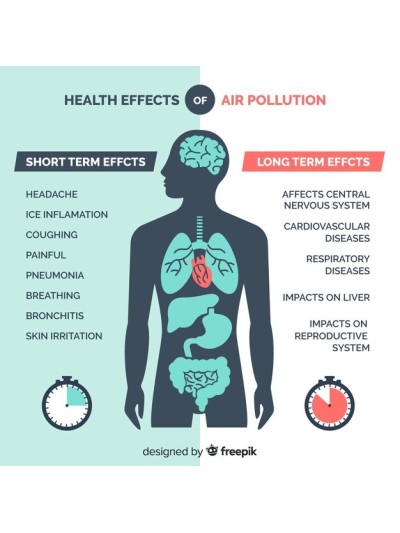Why should we care about how clean the air is in our home or workplace?
Our home is where we rest, live, and raise our children. But even the coziest home may hide invisible dangers like electromagnetic fields, carbon dioxide, formaldehydes, fine particles, and more. These often affect our health without us noticing. According to WHO, air pollution–related heart disease and strokes account for 80% of premature deaths. Next are lung diseases, including cancer. Children and pregnant women are particularly sensitive to radiation and air pollution.
We measure the following air pollution factors:
EMF, EF, and RF (electromagnetic, electric, and radio waves) are all around us—from home appliances to Wi-Fi routers. While invisible and silent, excessive exposure may cause insomnia, headaches, or fatigue in some people. Measuring ensures levels stay within safe limits.
CO₂ (carbon dioxide) rises quickly in rooms with poor ventilation or many people. High CO₂ levels mean not just stuffy air, but also reduced concentration and fatigue. It's important to ensure fresh air indoors.
HCHO (formaldehydes) and TVOC (total volatile organic compounds) come from furniture, textiles, building materials, or cleaning agents. Long-term exposure may cause irritation, allergies, or respiratory issues. Measuring helps detect harmful sources early. In 2004, the IARC listed formaldehyde as a known human carcinogen.
PM10 and PM2.5 (fine particles) are especially harmful—small enough to penetrate deep into our lungs. They may come from outside or from indoor sources like stoves or cooking. Long-term exposure increases the risk of heart and lung diseases.
RH (relative humidity) affects how we feel and the condition of the space. Too low humidity dries out skin and mucous membranes, while too high humidity encourages mold and bacteria growth.
Radon is a colorless and odorless radioactive gas that occurs naturally in the soil and can seep into the interior of buildings. Since it cannot be detected by smell, taste or visibility, radon usually goes unnoticed, but long-term exposure poses a significant health risk. According to the World Health Organization (WHO), radon is the second leading cause of lung cancer after smoking. People who spend a long time in rooms with poor ventilation conditions, such as basements, tightly closed houses or energy-efficient buildings where natural air exchange is limited, are particularly at risk.
If necessary, we will also separately measure the oxygen (O2) level in the air, the carbon monoxide (CO) level, the hydrogen sulfide (H2S) level and the level of explosive gases (LEL) in the air.
You will receive the measurement results immediately and you will be left with a document with all the measurement results.
Measuring these invisible factors shows care for your health and living environment. Just as we clean dust and wash floors, we should also ensure the air around us is clean and safe—only then can we truly feel at home.
Air cleanliness at the workplace
Air quality matters not just at home but also at work, where we spend much of our time. Poor indoor climate—high CO₂, inadequate ventilation, VOCs, or overly dry air—can reduce concentration, productivity, and overall well-being. Frequent headaches, fatigue, allergies, and long-term health issues can arise. Companies investing in good indoor climate not only protect employees but also create a healthier and more motivated work environment. Clean air is part of a responsible workplace culture.
Service price:
| Apartments |
79€ |
| Houses, townhouses |
99€ |
| Workspaces from |
100€ |
Prices apply within Tallinn. Outside Tallinn, a travel fee of 0.5 €/km applies.
To book a suitable time, email info@vitamiinipood.ee or call +372 5102518
Read expert articles: https://www.kiirgusinfo.ee/ https://tarmo.koppel.ee





